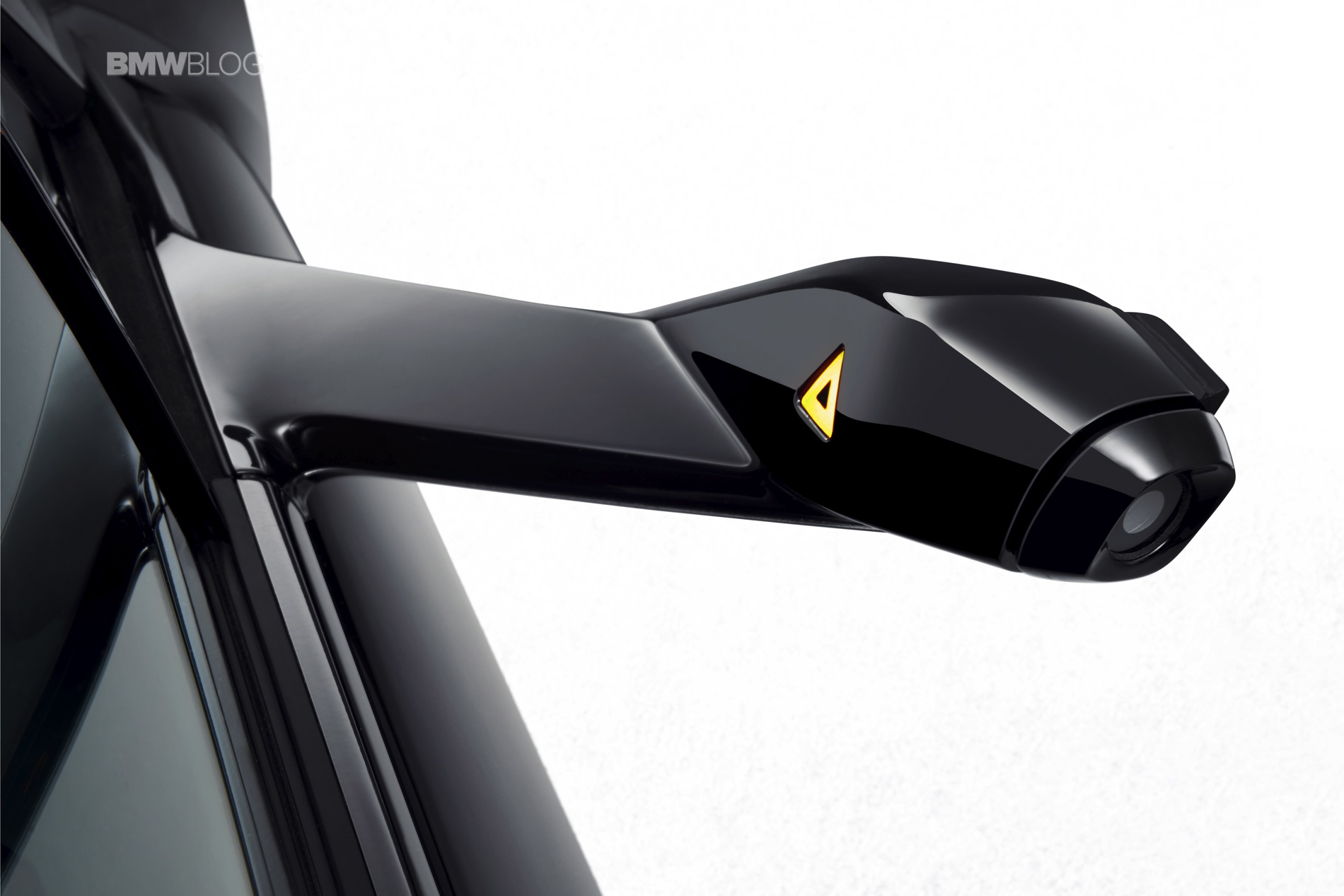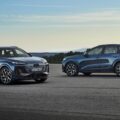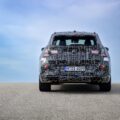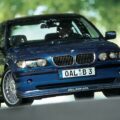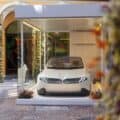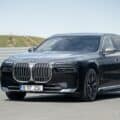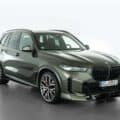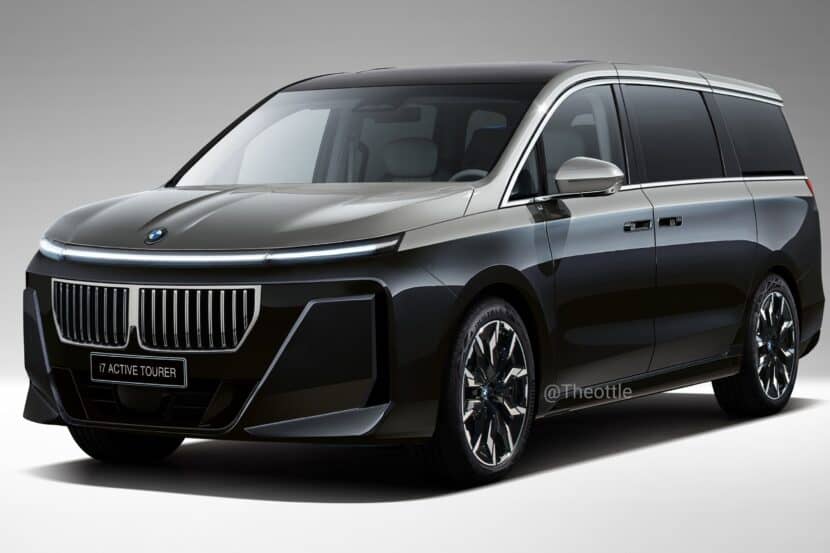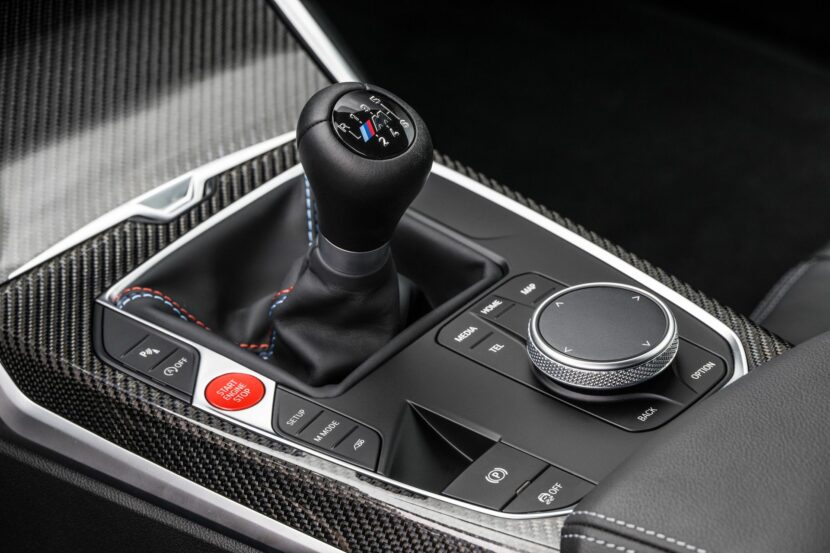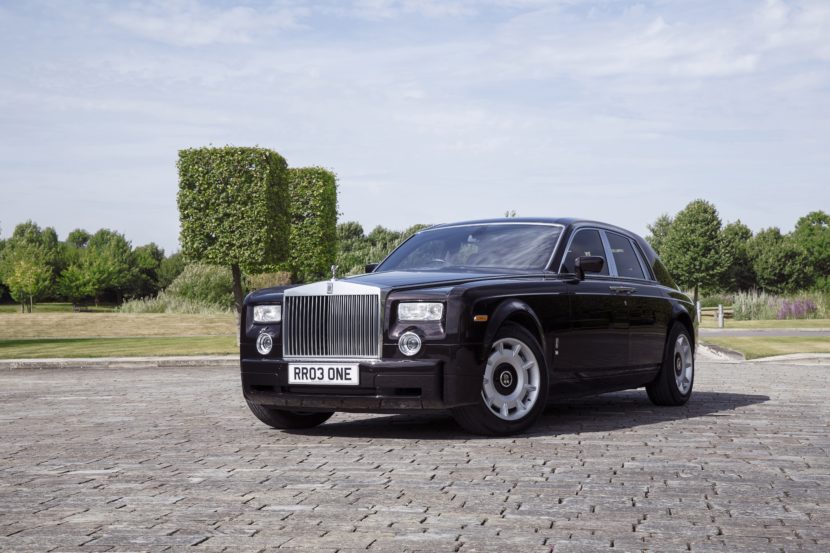At the CES 2016 in Las Vegas, BMW presented the i8 Mirrorless concept – a car that forgoes the conventional side mirrors in favor of two, small cameras. BMW i8 Mirrorless incorporates two insignificant looking cameras, accommodated in aerodynamically optimized holders, which replace the existing exterior mirrors. They are supplemented by a third camera mounted on the upper edge of the rear windscreen.
All images are merged and displayed as a single image on a high-resolution display suspended in the position of the rearview mirror. The image of the traffic behind the car covers a greater viewing angle than could be observed using the interior and exterior mirrors. No adjustment of the cameras is necessary. The display is around 300 millimeters wide and 75 millimeters high. The casing is rounded at the side and this conveys a natural panoramic perception of the traffic behind the car.
A report from Focus says this type of technology might not be far off from production. BMW development chief Elmar Frickenstein says a production series BMW with the mirrorless technology is still about three years away and the technology opportunity will provide additional safety, more comfort and even reduced fuel consumption.
In addition to the BMW i8, there are other candidates who would be suitable for the 2019 launch of the technology. The upcoming 2019 facelift the 7 Series is one of them, while another option would be the four-door luxury coupe with the working title BMW 9 Series, which is reportedly planned between the 7 Series and Rolls-Royce Ghost.
“First, should there be a development like a mirror camera, it will trickle from top to bottom in the upcoming model family,” says Frickenstein.
Test vehicles with camera mirrors have been tested by automakers for many years. “The problem is that the whole thing takes a lot of computing power and a lot of money,” says Frickenstein. “If you network camera systems with driver assistance systems, then it generates added value for customers, in my view. The dead angle is of the past.”


